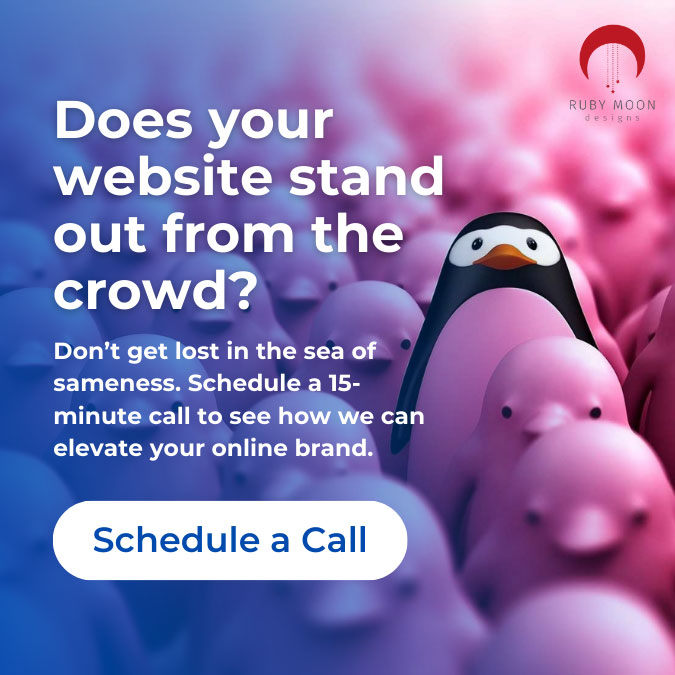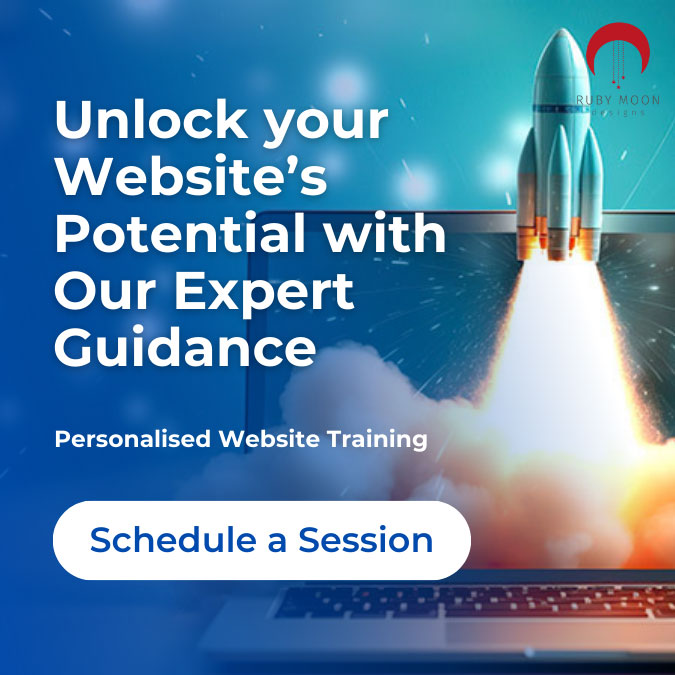The idea that a website is supposed to be about your business is a common misconception in web design. People are surprised to hear their site should focus more on the customer (experience) and less on their business.
Of course, it’s necessary to include information about your business, but the site overall should focus on the needs of the customer, potential clients, and other visitors.
1. Define a problem and provide solutions
Your website should clearly communicate that you understand the needs of your customers. In order to “hook” your prospects, you need to show you understand their problems. How do you “hook” your prospects? Make a list of the common pain point you hear from your customers.
Is there a theme? How does your business help eliminate their pain points?
Discuss the benefits of working with you and explain how you will help solve their problem by tapping into their emotions to let them know you understand how they feel about this particular pain point.
When you identify with how your users feel then they will look at you as the hero with all the solutions and they will feel validated about choosing your product or service.
2. Make sure your site is mobile responsive
In addition to showing you understand the needs of your customers, you also need to ensure your website can be viewed on any device. Google reports as much as 50-61% of search traffic is conducted from smartphones and other mobile devices.
In 2015, Google Search expanded to include mobile-friendliness as a ranking signal. This means that websites that are mobile-ready (responsive) will be given higher rankings in search results that websites that are not responsive.
You can check if your website is mobile ready using Google’s Mobile-Friendly Test – https://search.google.com/test/mobile-friendly.
3. Focus on getting your site found
Once your site is designed for your customer and is mobile-friendly, then it’s time to work on your online marketing strategy. What tactics will you focus on to drive traffic to your site?
- Strategic development: if you’re just starting out then you’ll likely need to do a little strategic development including, persona creation, competitive analysis, keyword analysis, etc. Be sure to connect your website to Google Analytics and Google Search Console as they both provide valuable insights into visitor demographics, search data, and more.
- Pay-Per-Click (PPC): PPC is a great way to drive traffic to your site and quickly acquire keyword, search queries, and other search data fast. Think of PPC as a short-term marketing strategy to drive traffic to your site for a flash sale, online special or if you just need data quickly.
- Search Engine Optimization (SEO): SEO is another marketing strategy that focuses on relevant content to drive organic, or “free”, search result traffic to your site.
- Copywriting services: If you want compelling content that resonates with your audience then you should consider writing your own content. You are, after all, a subject matter expert! Write about it.
- If you need custom content and just don’t have time to write it then you can hire a writer or blogging service to help get your message out.
Final thoughts
Your website is an extension of your business and brand. It should be original, authentic and speak directly to your customers and prospects. If your website is not being found in search engines, is not mobile-responsive, or you need help writing content then feel free to contact Sublime Creations online or call (720) 443-1407 to schedule your free 30-minute consultation to discuss your needs.




